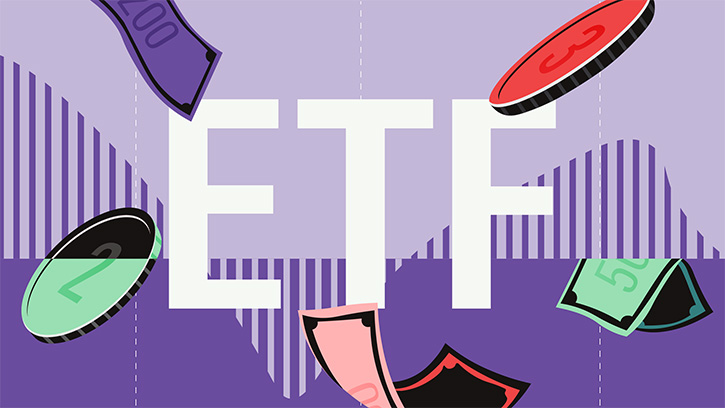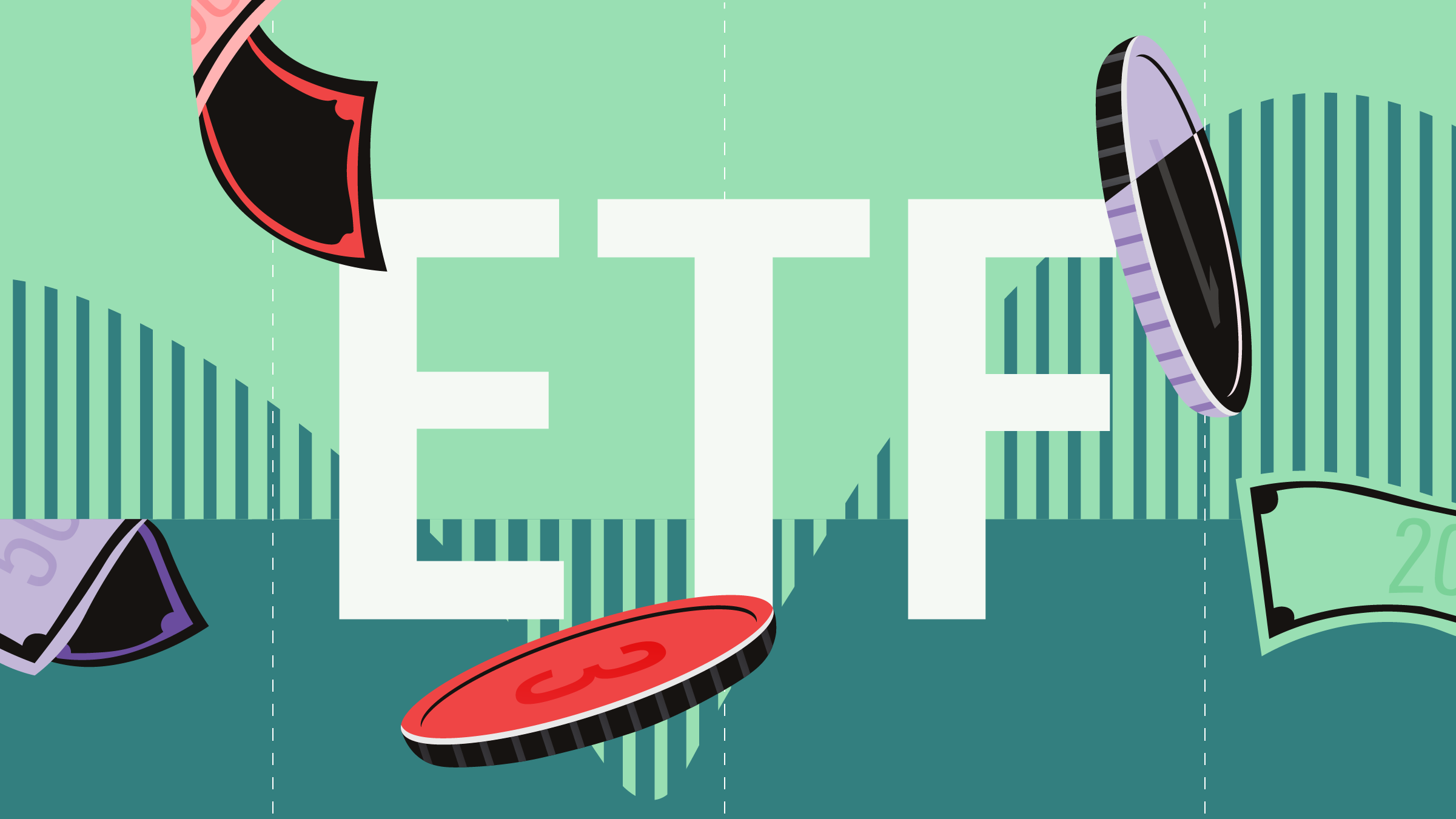
Even the best investments can go through slumps. Whether it’s because the market they target is out of favor, a couple of bad calls set them back, or some combination of both, rough patches are an unavoidable—and unenjoyable—part of investing.
But when good ETFs perform badly, their outlook may grow brighter. That makes the bottom of the barrel an intriguing place to hunt for new investments. In that spirit, here are three ETFs whose shaky recent performance leaves them with compelling upside potential.
3 ETFs With Room to Run
- Vanguard Total International Stock ETF VXUS
- iShares Core S&P Small-Cap ETF IJR
- Invesco Total Return Bond ETF GTO
Vanguard Total Intl Stock Idx Fund VXUS
- Morningstar Medalist Rating: Gold
- Morningstar Rating: 3 stars
- Fund Size: C$571 billion
- 12-Month Yield: 3.24%
- Equity Style Box: Large Blend
Let’s start overseas with Vanguard Total International Stock ETF VXUS. This market-cap-weighted index fund holds nearly every stock in the foreign market. That broad reach and its low fee earn it a Morningstar Medalist Rating of Gold.
This fund stands out for its diversification. Its 8,500 holdings come in various shapes and sizes. The top 10 of them represent less than 10% of the portfolio, and its 20% stake in financials marks its largest sector allocation. The strategy provides an accurate snapshot of the foreign stock market, which should amplify the impact of its rock-bottom fee.
It may be harsh to say this fund is in a slump. Long term, it has measured up well against its peers in the foreign large-blend Morningstar Category. The problem is that foreign stocks have lagged well behind their US rivals—a trend that has persisted since VXUS hit the market in 2011. Over the past decade, the fund trailed behind its US counterpart in 83% of rolling 12-month periods.
There’s no telling when—or if—the foreign-stock breakout will come, but VXUS looks relatively cheap right now. It traded at 15 times earnings as of April 2024 compared to 24 times for the U.S. market. That runway may serve it well in the years to come.
iShares Core S&P Small-Cap ETF IJR
- Morningstar Medalist Rating: Silver
- Morningstar Rating: 4 stars
- Fund Size: C$107.8 billion
- 12-Month Yield: 1.29%
- Equity Style Box: Small Blend
In the U.S., let’s turn to iShares Core S&P Small-Cap ETF IJR. This small-cap strategy has scuffled recently. It gained a paltry 2.1% from the start of the year through May 20, nearly 10 percentage points behind the S&P 500 and worse than 85% of small-blend peers.
But this index strategy boasts a Silver Medalist Rating for good reasons. Its benchmark applies liquidity and profitability screens that filter out a lot of the junk that plagues more-lenient small-cap products. The index is also market-cap-weighted. That cost-efficient approach allows the fund to charge just a 0.06% fee—far cheaper than its active rivals.
Years of trailing larger stocks have left small caps with plenty of room to grow. According to the Morningstar price/fair value ratio, they traded at a 20% discount entering May. Large caps came at just a 1% discount that has likely already vanished. IJR is a good way to target small caps on sale.
Invesco Total Return Bond ETF GTO
- Morningstar Medalist Rating: Bronze
- Morningstar Rating: 4 stars
- Fund Size: C$1.8 billion
- 12-Month Yield: 4.38%
- Equity Style Box: None
Sticky inflation and the higher interest rates that followed have made it a tough couple of years for bond strategies. There’s no guarantee the hard times are over, but with yields near their highest levels in more than a decade, the outlook is attractive for bonds. Bronze-rated Invesco Total Return Bond ETF GTO is a good way to capitalize.
This active offering sits in the intermediate core-plus bond Morningstar Category. It lost 3.7% annually over the three years through April 2024, which ranked in the middle third of its peer group. It has stayed mostly flat this calendar year, shedding 0.2% from Jan. 1 through May 20.
But there’s reason for optimism. The portfolio managers at the helm delivered strong long-term results on the open-end version of the strategy. It’s a collaborative group with a wealth of experience and broad resources at their disposal—a combination that merits an Above Average People Pillar rating.
The team executes a strategy that pairs its macro views with bottom-up credit research. The top-down component considers broad economic and market conditions, an important backdrop for the best security ideas proposed by corporate credit and securitized analysts. All told, it’s a sensible, repeatable strategy that should bode well if the tide turns for bonds.
The author or authors do not own shares in any securities mentioned in this article.





















